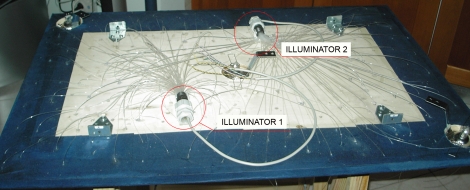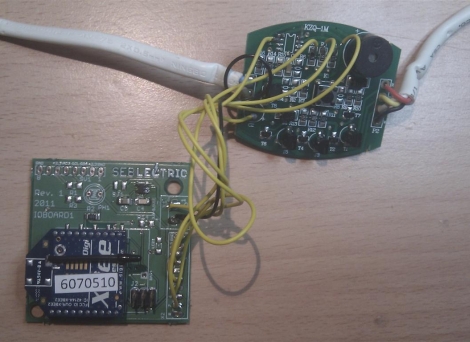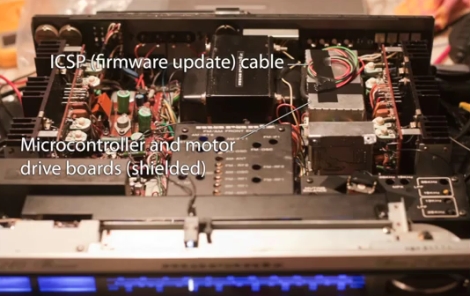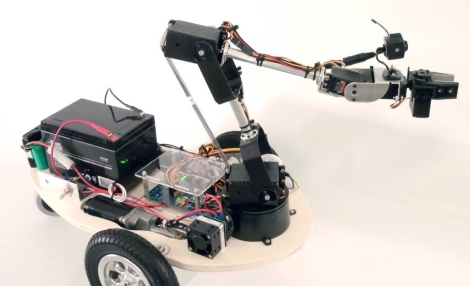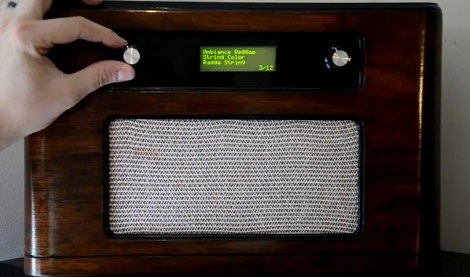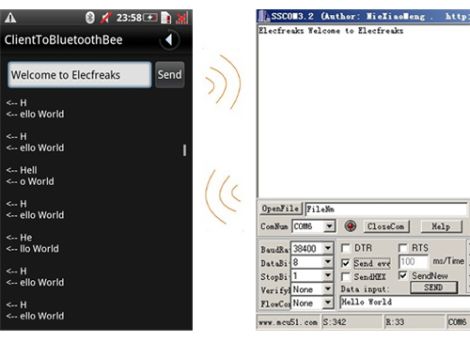This bluetooth headset hack, although simple, may provide some hacking inspiration. Turning a Bluetooth headset into a wireless input for one’s stereo is definitely something that makes one think “why didn’t I think of that?” It’s also good if you’ve got a tight hacking budget as there’s not a lot of stuff to buy.
In addition to a possibly broken headset, a 3.5mm stereo plug and some wires are needed for this. Throw in some tools that every good hacker should have around like a soldering iron and glue gun and you’re ready to get started. [Dex] does a good job of describing the process, from disassembling the headset to wiring the stereo plug to it. When making the conversion, one must remember to bridge the left and right output channels, as most headsets only output a mono signal.
There’s not a whole lot else required to do this hack. Could be a good beginner project. For another Bluetooth-based hack using scrounged equipment, check out this Cellphone controlled retro-radio hack.


